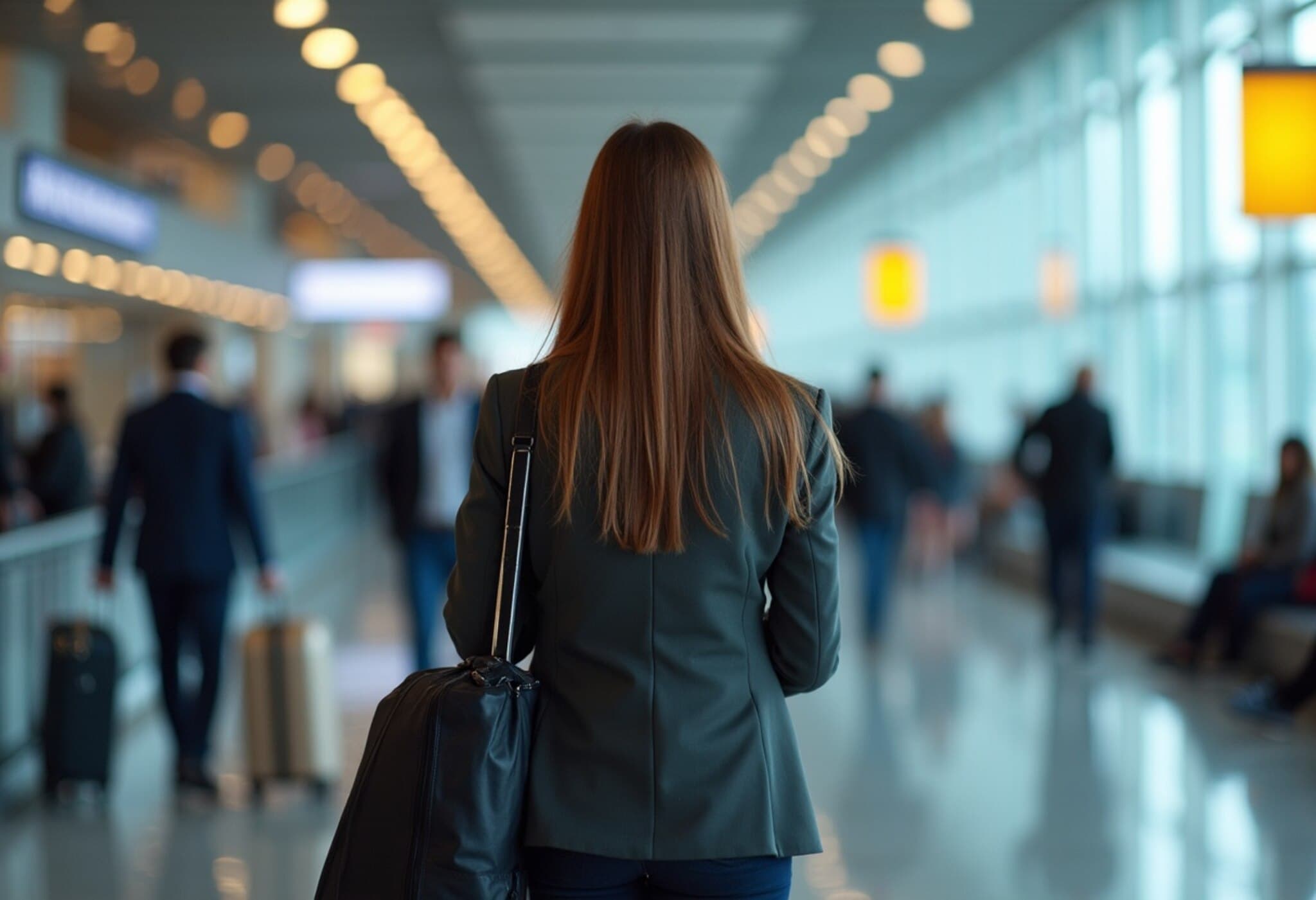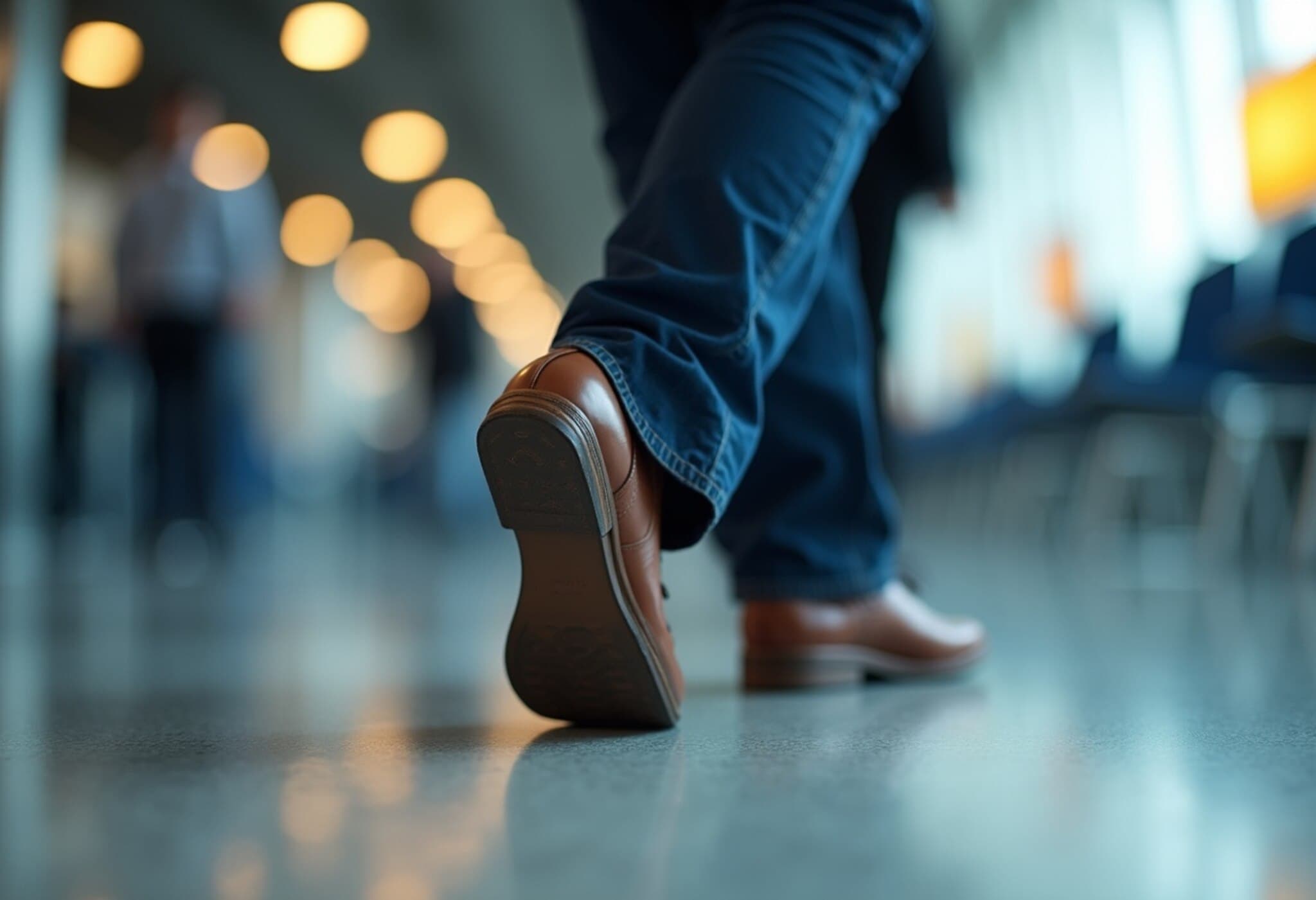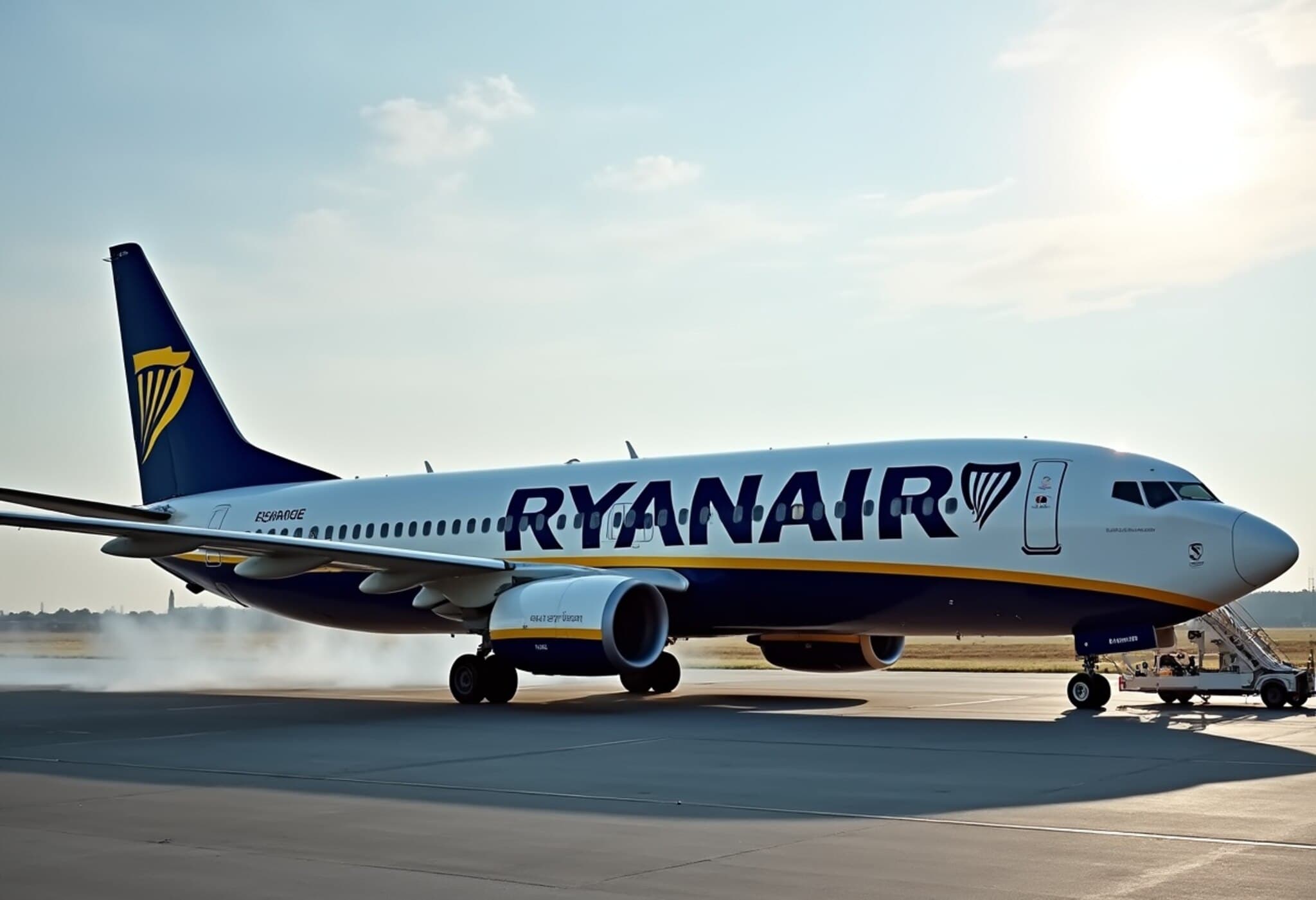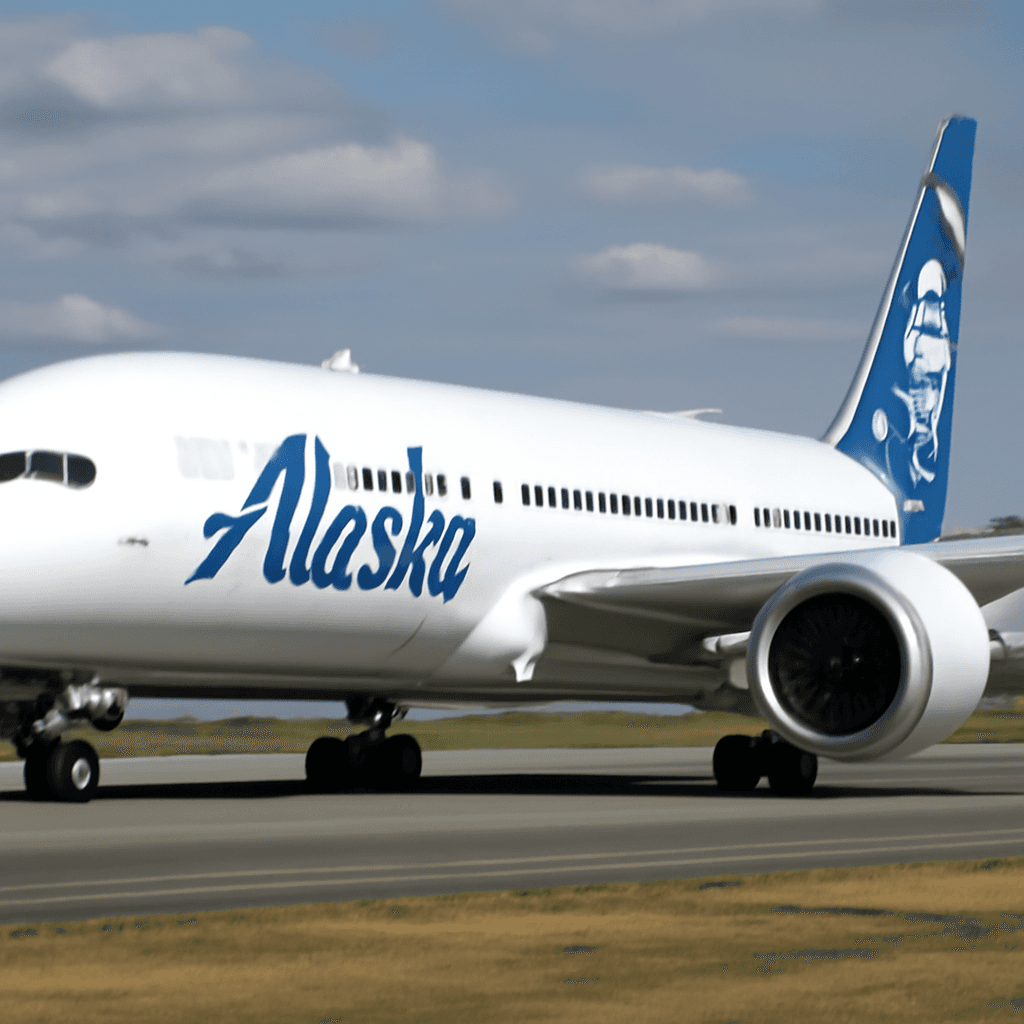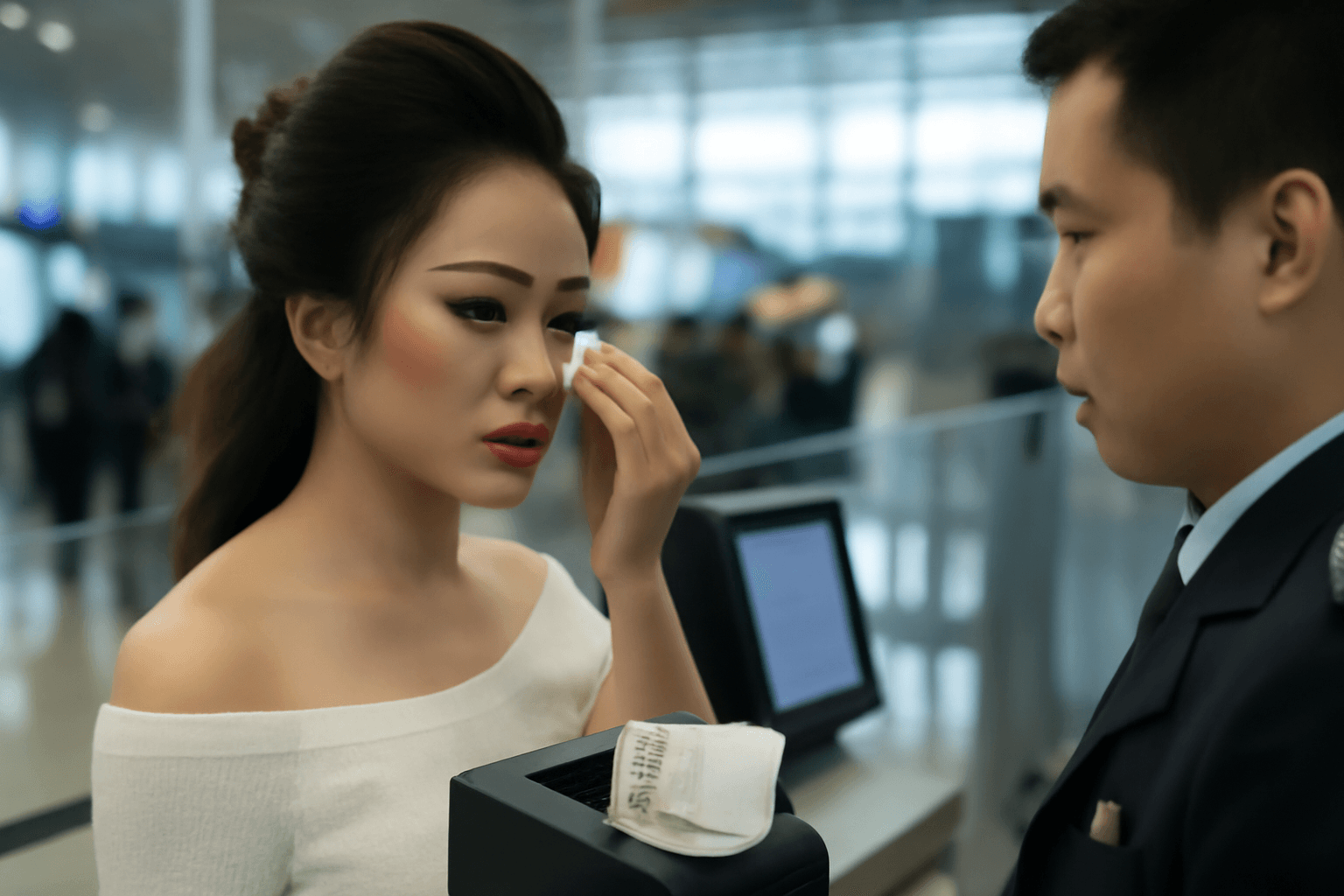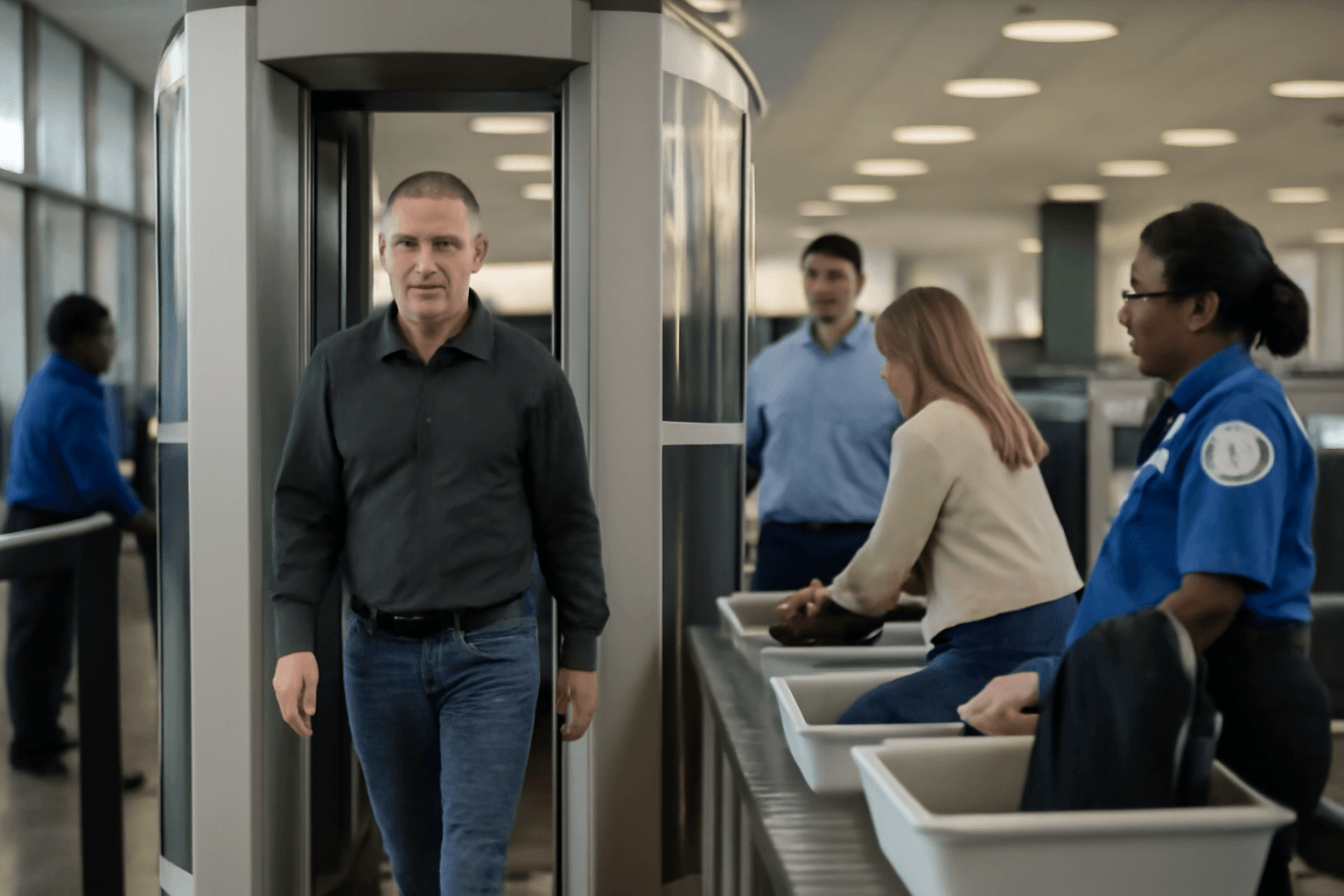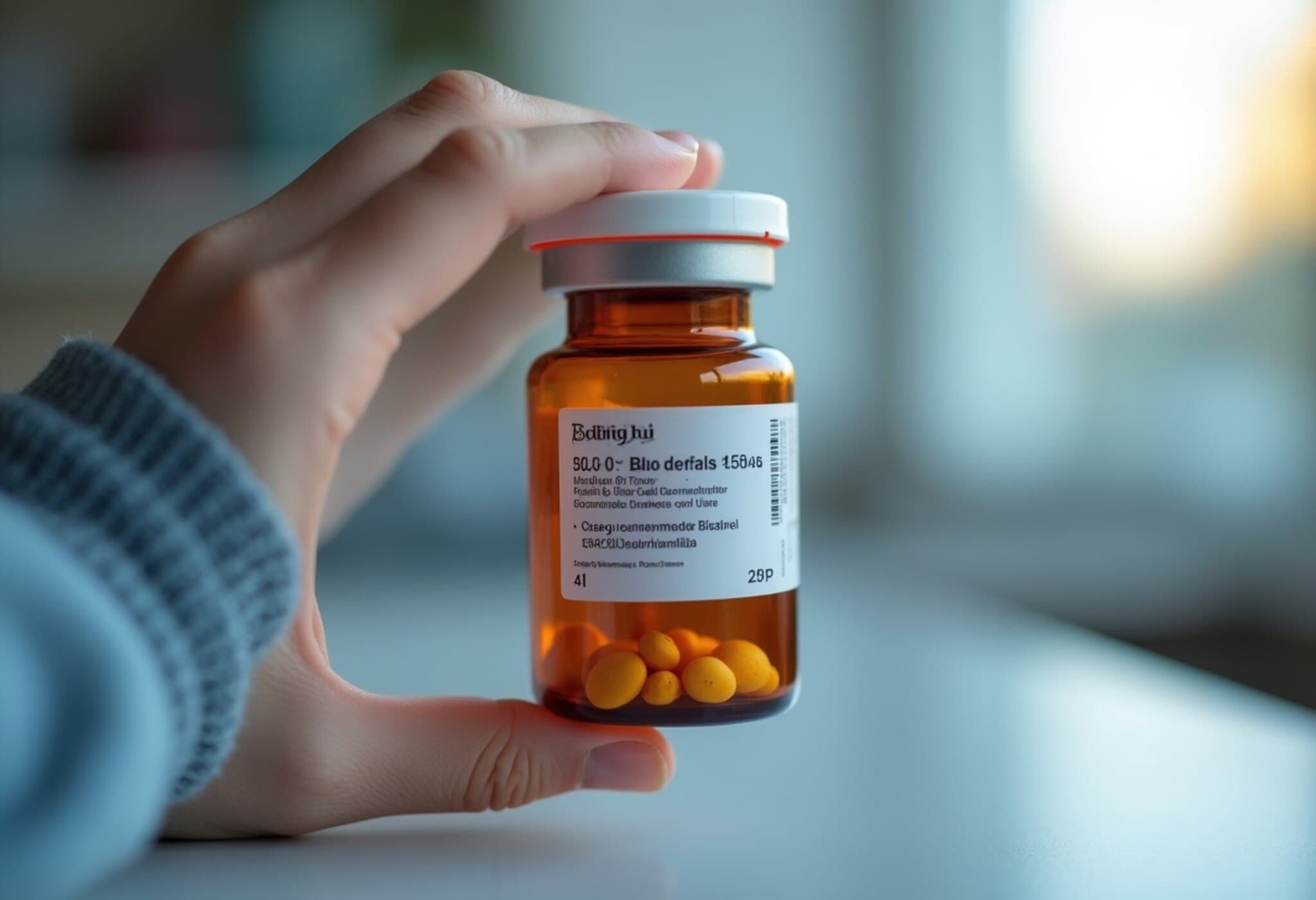U.S. Airport Security Could Soon Allow More Liquids in Carry-Ons
Travelers rejoice: after being able to keep their shoes on during TSA screenings, a new change may be on the horizon — potentially allowing passengers to carry larger quantities of liquids in their carry-on bags.
Questioning the Status Quo
Homeland Security Secretary Kristi Noem, speaking at a recent conference hosted by The Hill, revealed that she is re-evaluating TSA protocols, particularly those involving liquid restrictions. “The liquids, I'm questioning. So that may be the next big announcement is what size your liquids need to be,” Noem said. While she did not provide a timeline or specific details, her comments signal that TSA may be preparing to ease one of the more infamous pain points of modern air travel.
Background: Why Liquids Are Restricted
The current TSA guidance limits liquids in carry-ons to containers no larger than 3.4 ounces (100 milliliters), all sealed in a clear, quart-sized plastic bag. Larger bottles must be checked, with exceptions only for essential medications and baby formula.
These restrictions stem from a 2006 foiled terror plot where perpetrators planned to smuggle liquid explosives aboard commercial flights. Since then, the TSA’s liquid bans have been a source of constant frustration, forcing travelers to down water bottles in security lines or discard seemingly innocuous items like jam, yogurt, or peanut butter.
Recent TSA Changes and Future Vision
Only days earlier, Noem announced the end of the long-standing shoe removal requirement at airport security following successful pilot programs demonstrating that new screening technologies maintain safety without this inconvenience. This reform, which dates back to a 2001 attempted attack involving a 'shoe bomber,' represents part of a broader TSA effort to modernize and streamline passenger screening.
Looking forward, Noem envisions airports where the security checkpoint feels seamless: “you walk in the door with your carry-on suitcase, you walk through a scanner and go right to your plane... it takes you one minute.” This speaks to a future where innovation and security can balance to create efficient, less stressful travel experiences.
Expert Insight: Balancing Safety and Convenience
From an aviation security perspective, adjusting liquid limits is a complex challenge. It requires balancing the imperative of passenger safety against the common frustration of cumbersome and sometimes arbitrary-seeming restrictions. Enhancing multi-layered screening technology could allow TSA to relax liquid limits without compromising security, potentially adopting advanced chemical detection systems and improved X-ray imaging.
Economically, smoother and quicker security checks can encourage tourism and business travel, directly benefitting airports and airlines already recovering from pandemic impacts. Additionally, reducing discarded liquids means less waste, aligning the TSA’s operational policies with growing sustainability goals.
What Travelers Should Watch For
- Pending announcements: Watch for official TSA updates on liquids policy in the coming months.
- Technology advances: New screening technologies could underpin these policy changes.
- Clarifications on definitions: The TSA may revisit what counts as a liquid, possibly easing restrictions on semi-solids like peanut butter and yogurt.
- Continued vigilance: Despite easing restrictions, all security remains focused on ensuring passenger safety remains uncompromised.
Editor’s Note
The potential shift in TSA’s liquid restrictions could mark a welcome change in the often stressful security experience, symbolizing passenger-friendly progress anchored in technological advancement. However, it also invites a broader conversation about how best to maintain strict security without unduly burdening travelers. Will the TSA’s evolving approach better align with modern travel realities, or could unforeseen risks arise? As this story develops, readers should stay informed and engaged with how security evolves to meet the dual challenges of safety and convenience.

